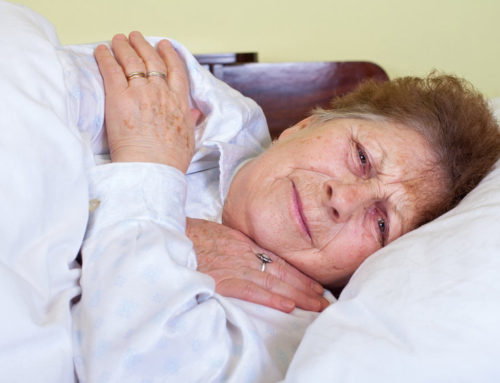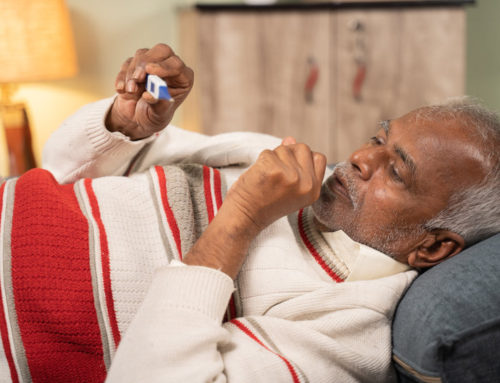Share This Story!
Prioritize Balance And Mobility To Prevent Falls
Falling hurts, regardless of a person’s age. But for seniors, falling can be especially dangerous since the scenario can contribute to fracturing or breaking a bone or hitting the head resulting in head trauma. According to experts, roughly one senior is being treated for a fall every 11 seconds. But for some people, falling can be deadly. While most people know that poor bone health can increase the risk of falling, there are ways to prevent falls.
1. Preventative care for slower senses
People might not associate declining hearing with a higher risk of falling, but the correlation is real. For many people, reflexes may begin to slow with age. For example, key senses like hearing and eyesight can decline with age, leaving older adults feeling more vulnerable. Not being able to clearly see height differences in a sidewalk can leave a person at risk. And while hearing might seem like an unlikely predictor, research has shown that people with hearing loss by as much as 25 decibels were nearly 3 times more likely to have a history of falling. Elderly individuals or caregivers should prioritize routine vision and hearing tests and insist on prescription glasses or hearing aids if necessary.
2. Focus on a balanced diet
Poor muscle mass and bone loss can contribute to an individual’s risk of falling. Research shows that often, after age 70, an adult can lose 15% of muscle mass each following decade. And poor nutrition can speed muscle loss. Dehydration, along with a diet low in key nutrients, can cause the body to rob the bones and muscles of critical vitamins. Avoid the risk by prioritizing a balanced diet full of nutrients to help the entire body function without stealing what’s needed from other systems.
3. Get and stay active
Being sedentary isn’t helpful for anyone. But for elderly people who may already struggle with a declining range of motion, being sedentary can increase the risk of falling. Older individuals should focus on getting active, even if by doing nothing more than taking a short walk around the neighborhood every day. When people stay active, the body can improve balance and mobility. Plus, physical activity helps keep the joints, muscles, and ligaments flexible. Evidence also suggests that participating in low-impact activities like taking a walk also helps lower the rate of bone loss.
Falls don’t have to happen
Gray hair may be a part of aging, but falling doesn’t have to be inevitable. Seniors and caregivers should focus on preventing falls by taking a proactive approach. Along with getting plenty of physical activity, seniors should work with a dietitian if necessary to create a healthy meal plan that prioritizes key nutrients. Likewise, routine vision and hearing exams can help to keep seniors safe and maintain a social lifeline. For more fall prevention recommendations, speak with a healthcare provider.





